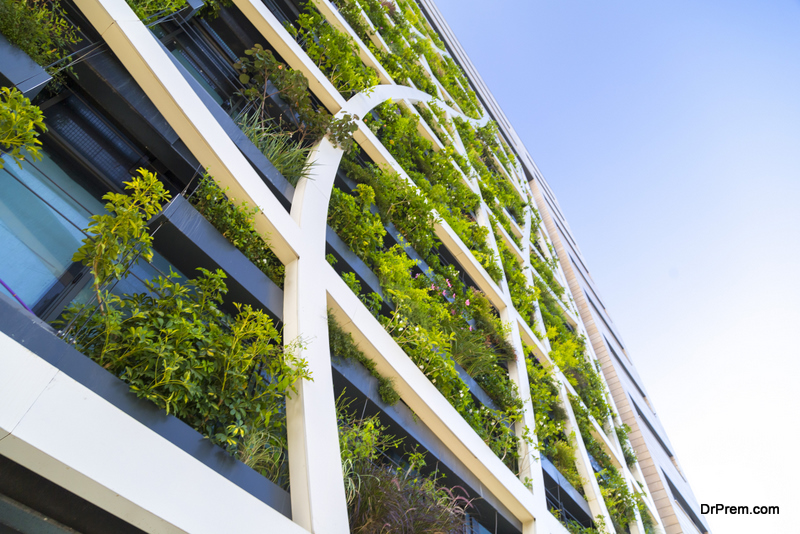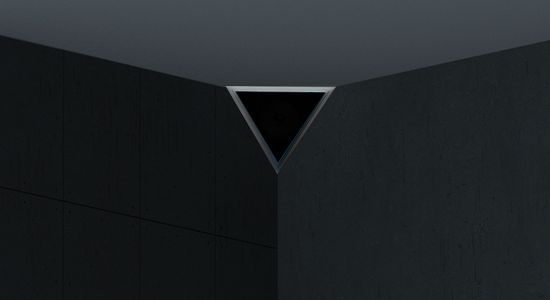As our cities continue to grow, our existing urban infrastructure simply cannot keep up. From increasing levels of air and water pollution to overcrowding and sustainability concerns, urban architecture is facing many challenges. However, innovative design from large global firms and residential architects in Melbourne alike is providing a way to combat these issues, creating better living environments while preserving the planet.
In this guide, we explore some exciting ways that urban architecture can reshape our cities for the future.
1. Creating Sustainable Buildings
Sustainability is a significant concern in modern urban architecture. One of the best ways to tackle this challenge is by creating sustainable buildings. By using eco-friendly building materials and designing for energy efficiency, we can reduce the carbon footprint of our urban infrastructure.
The incorporation of smart technologies also creates buildings that are intelligent, adaptable and help reduce resource wastage. Simply fitting our high-rise buildings with energy-efficient elevators, air-conditioning systems and water management systems can have a significant impact on the power and water consumption of our cities.
2. Improving& Automating Transportation
Transportation is another critical aspect of urban architecture. With overcrowding at an all-time high, commuters require commutes that are as efficient and hassle-free as possible.
One way of embracing the future of transportation is through the use of autonomous vehicles. Incorporating smart roads and providing necessary infrastructure support will allow these self-driving solutions to move more quickly and safely throughout the city. With reduced traffic congestion, air pollution, and accidents, the future of an autonomous transportation system is sure to make urban living more comfortable than it is today.
3. Creating Mixed Use Development
Urban architecture is becoming more sophisticated, and cities are evolving in ways that require more creative solutions. Creating mixed-use development can revolutionise the live-work-play environment, allowing city residents to enjoy much more than just the traditional single-use designs of yesterday. Making use of an integrated, flexible building design enables developers to create space that can be adjusted to meet the diverse and ever-changing market demands of urban life.
4. Increasing Greenery in the City
City-dwellers often find themselves surrounded by endless concrete, which can create a sense of stifling urban life. Greenery in the city is an exciting architectural challenge that architects can solve -integrating various plant life into the urban landscape not only beautifies the city, but also absorbs pollutants like carbon dioxide and produces fresh air.
The introduction of green roofs, sky gardens, and vertical gardens is an excellent way for designers to begin increasing urban greenery while reducing the amount of carbon in the air.
5. Fostering Community Interactions
Solving the challenges of modern-day urban living will require community-driven solutions. Creating significant, open spaces in the city provides the perfect environment for fostering community interactions. Whether it’s a city park or a large multi-purpose area for festivals, public spaces provide people with an opportunity to interact with urban infrastructure and each other.
By engaging with their surroundings, residents also provide valuable feedback for architects, designers and city planners; allowing for an iterative approach to the needs of the future city.
Modern urban architecture is on the cusp of incredible innovation
Architects are now presented with the task of creating smart, flexible, and sustainable designs that prioritise human quality of life while accommodating for technological advancements. Through the use of sustainable, eco-friendly building practices, autonomous transportation, integrating greenery in the construction, creating mixed-use development, and fostering community interactions; architects can change the future of urban life for the better. Watch this space!
Article Submitted By Community Writer




